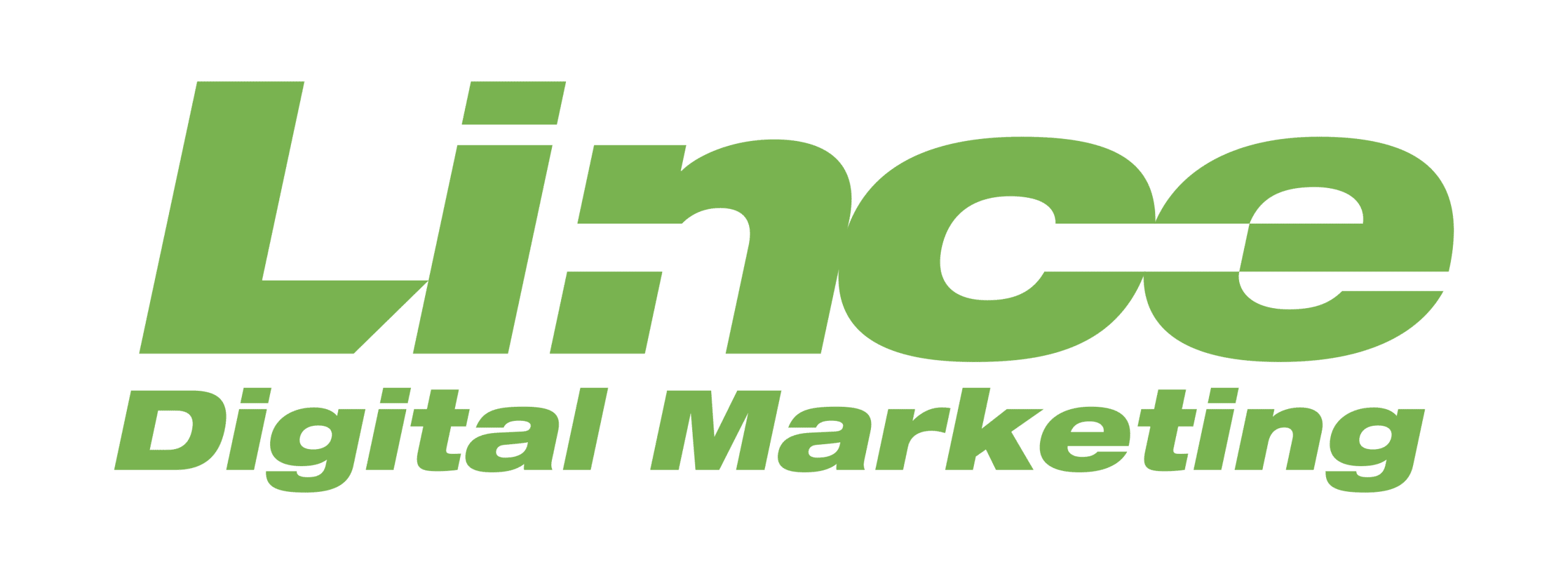How Responsive Design and Fast Loading Speed Can Make or Break Your Website’s Success
Introduction to Responsive Design and Fast Loading Speed
Picture this: You stumble upon a website that takes forever to load, and when it finally does, the layout is all wonky on your phone. Frustrating, right? In today’s digital age, where online presence is everything, having a responsive design and fast loading speed can be the make or break factor for your website’s success. Let’s dive into why these elements are crucial and how to optimize them to ensure your site shines in the vast sea of the internet!
The Importance of a Mobile-Friendly Website
In today’s digital era, having a mobile-friendly website is no longer an option—it’s a necessity. With the increasing number of people using smartphones and tablets to browse the internet, ensuring your website is optimized for mobile devices has become crucial.
A mobile-friendly website provides a better user experience and helps boost your site’s visibility on search engines. Google now prioritizes mobile-responsive websites in its search results, making it essential for businesses to adapt to this trend.
A responsive design that adjusts seamlessly to different screen sizes allows you to cater to a wider audience and increase engagement on your site. This leads to higher conversion rates and ultimately contributes to the success of your online presence.
Incorporating mobile-friendly elements such as easy navigation, fast loading speed, and streamlined content layout can significantly impact how users perceive your brand and interact with your website. So, investing in creating a mobile-responsive site is key to staying competitive in today’s digital landscape.
Why Loading Speed Matters
Loading speed is a critical factor that can either make or break your website’s success. Imagine this: you come across a website that takes ages to load. What would you do? You’d most likely hit the back button and look for another site that loads faster. This is precisely why loading speed matters.
In today’s fast-paced world, where attention spans are dwindling, users expect websites to load almost instantaneously. If your site takes too long to load, visitors will bounce off before seeing what you offer. Slow loading times frustrate users and negatively impact your search engine rankings.
Google considers page speed one of the key ranking factors in its algorithm. A slow-loading website will be penalized in terms of SEO performance, making it harder for potential customers to find you online. Optimizing your website’s loading speed is crucial for success on the web.
Improving Responsive Design and Loading Speed: Best Practices
When it comes to improving your website’s responsive design and loading speed, there are several best practices to keep in mind. Optimize images by compressing them without compromising quality. This can significantly reduce the overall file size and improve loading times.
Next, minify CSS, JavaScript, and HTML files to eliminate unnecessary characters like spaces or comments. This will streamline the code and make it load faster.
Utilize browser caching to store static resources on visitors’ devices so they don’t need to be downloaded again upon returning to your site. Additionally, consider implementing lazy loading for images and videos to only load them when a user scrolls down the page.
Leverage content delivery networks (CDNs) to distribute your website’s content across multiple servers worldwide for quicker access. By following these best practices, you can enhance your website’s responsiveness and loading speed significantly.
The Impact on User Experience and SEO
User experience plays a crucial role in determining a website’s success. A responsive design ensures visitors can easily navigate and access content on any device, leading to higher engagement and satisfaction. When users have a positive experience on your site, they are more likely to stay longer, interact with your content, and potentially convert into customers.
Moreover, fast loading speed is important for user experience and SEO. Search engines like Google prioritize websites that load quickly because it enhances the overall user experience. Websites with slow loading speeds may be penalized in search engine rankings, resulting in lower visibility and traffic.
By focusing on responsive design and fast loading speed, you can create a seamless browsing experience for users while improving your website’s chances of ranking higher in search results. Prioritizing these elements is essential to boosting user satisfaction and SEO performance simultaneously.
Common Mistakes to Avoid
When it comes to responsive design and fast loading speed, there are some common mistakes that website owners should avoid. One of the biggest errors is not optimizing images for web use. Large, uncompressed images can significantly slow down your site’s loading speed.
Another mistake to avoid is cluttered and complex website layouts. A clean and simple design enhances user experience and contributes to faster loading times. Additionally, neglecting to test your website across different devices and browsers can lead to a poor mobile experience and negatively affect your SEO rankings.
Moreover, overlooking the importance of minifying CSS and JavaScript files can hamper your site’s performance. These files should be streamlined for efficiency without compromising functionality. Failing to monitor your website’s performance metrics regularly can result in missed opportunities for improvement.
Future Trends for Responsive Design and Fast Loading Speed
The future of website design is constantly evolving, with new trends emerging to meet users’ ever-changing demands. Responsive design and fast loading speed will continue to play a crucial role in shaping the digital landscape. We can expect more sophisticated tools and techniques that prioritize user experience as technology advances.
Innovations like lazy loading, AMP (Accelerated Mobile Pages), and PWAs (Progressive Web Apps) will likely become mainstream practices. These advancements aim to streamline the browsing experience across devices, ensuring seamless interaction for all users. Additionally, AI integration may further optimize websites for responsiveness and speed.
Voice search optimization and VR/AR integrations are also anticipated to impact website design in the future. Ensuring compatibility with these technologies will be key to staying ahead in the competitive online space. Embracing these upcoming trends will be essential for maintaining a cutting-edge web presence that resonates with modern audiences.
Conclusion
Responsive design and fast loading speed are essential elements for the success of any website. Ensuring your site is mobile-friendly and loads quickly can provide an optimal user experience, improve SEO rankings, and drive more traffic and conversions. Implementing best practices for responsive design and loading speed will benefit your website now and future-proof it as technology continues to evolve. Remember, a seamless user experience is key to keeping visitors engaged and returning for more. So, prioritize responsiveness and speed in your web development efforts to stay ahead in the digital landscape.


